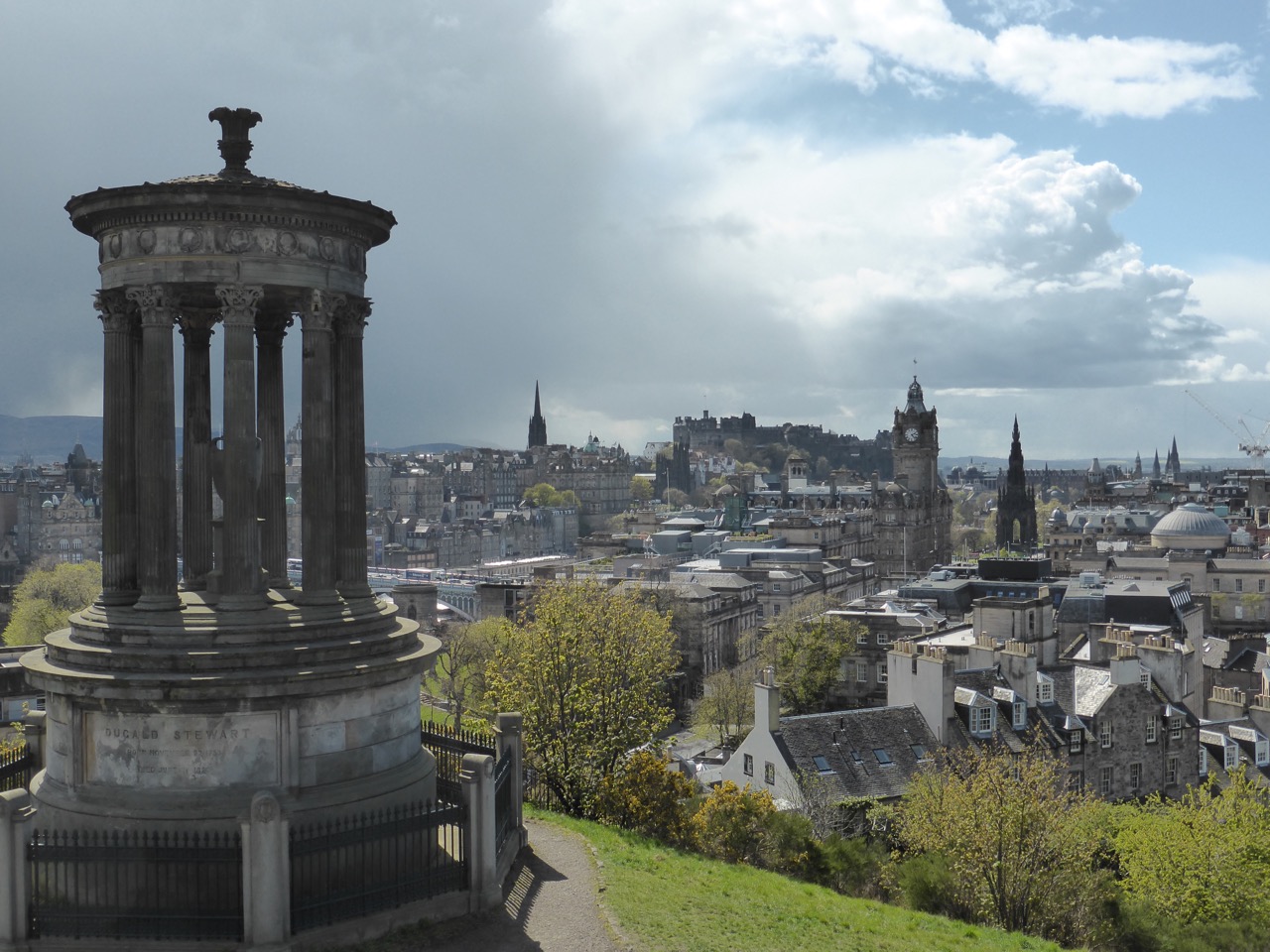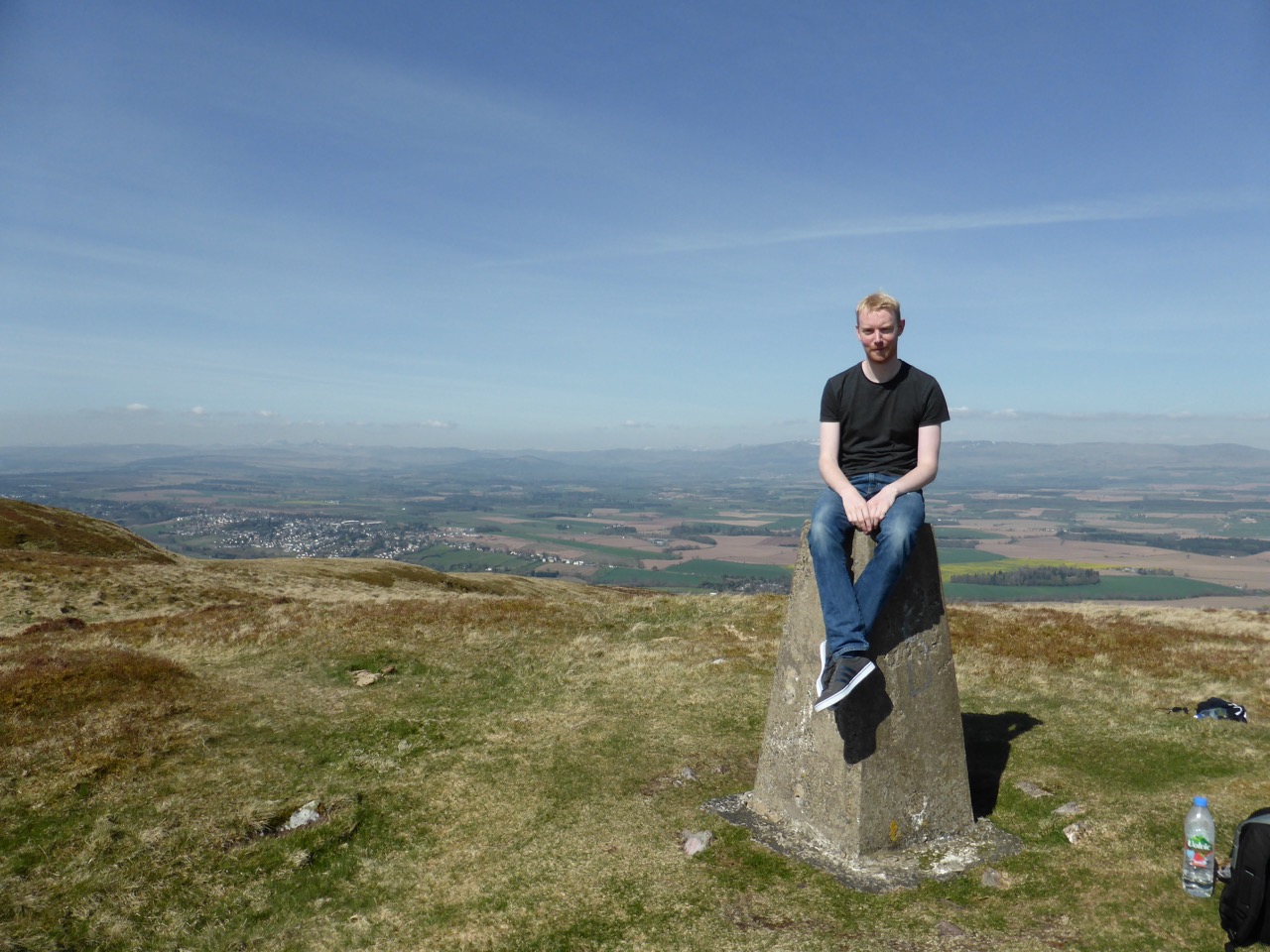Edinburgh

Edinburgh. A random and disorganised collection of very old things, which nobody seems to really know the story behind, and which I don’t find very interesting.
The National Museum of Scotland is awesome though.
Since 2010

Edinburgh. A random and disorganised collection of very old things, which nobody seems to really know the story behind, and which I don’t find very interesting.
The National Museum of Scotland is awesome though.

The town I grew up in - Auchterarder, in Scotland - sits on the other side of the Strathearn Valley from Craigrossie. I climbed it the other day for the first time in, ooh, maybe 20 years.

After just 50 years the original Forth Road Bridge is falling apart. The bridge was given an expected lifespan of 120 years when it opened in 1964, but that was calculated under the assumption that the roadway would be carrying just half the traffic that it actually does today.
So a new bridge is being built, called the Queensferry Crossing.
The third bridge in the photo - the one at the back - is the Forth Bridge, which is a rail bridge, and has been there pretty much trouble free for about 130 years. They don’t make them like that any more.

I’ve unexpectedly found myself in Scotland again for a couple of weeks, and while the circumstances for my visit aren’t something I’ll be discussing here, I am trying to make the most of an unpleasant situation.
So without further ado I present The Kelpies. Anyone who’s been following zerosleeps for long enough will know that I absolutely adore big man-made things which are interesting to look at, but don’t really serve a purpose. These beasts fall firmly into that category.
Persi Diaconis (Stanford University) on card shuffling.
My mind exploded at about the two minute mark:
With 52 cards there are about 10^68 arrangements of a deck of 52 cards. It’s more than the number of particles in the universe.